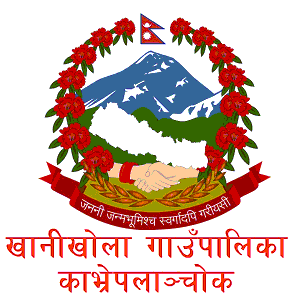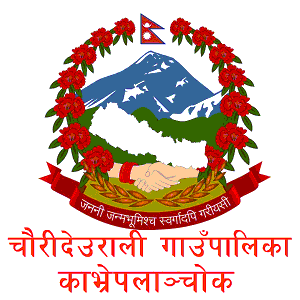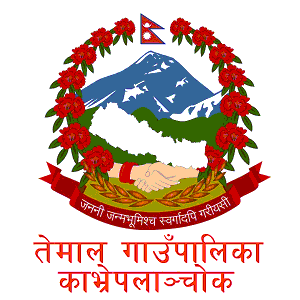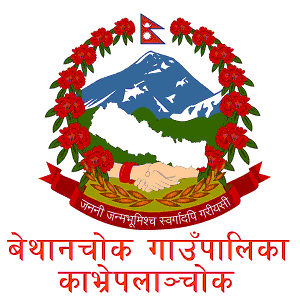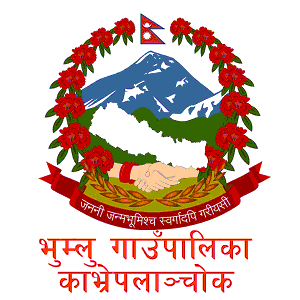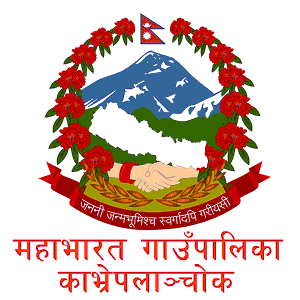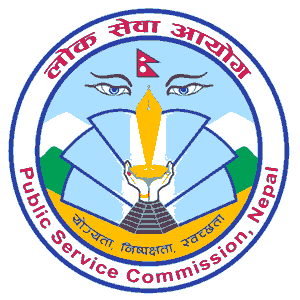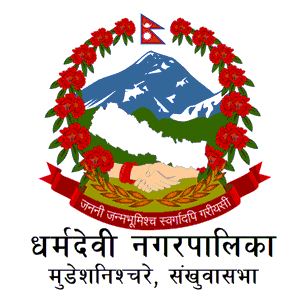Overview
Geographical environment of Banepa Municipality (बनेपा नगरपालिका, काभ्रेपलान्चोक):
Chandeshwari forest called 'Raktachandan' in the east, Thagu (upper) forest in the north and Kwangu (lower) forest in the south. Min Banepa is a historical and religious site located in a small but picturesque valley at an altitude of 4,800 feet above sea level and at 27.37 degrees latitude and 81.31 degrees longitude. The old Banepa town area is bounded by Chandeshwarikhola in the east, Punyamatakhola flowing from west to south, and about 6.31 sq. Km surrounded by hills and mountains and small villages. Min Banepa, situated between Saga, Nala, Dhulikhel, Shrikhandpur, Chaukot, and Panauti, is also an important trading center of Kavrepalanchok district. 'Bane' means trade and 'Pa' means settlement. That is why Banepa is a bag of traders.
Etymology of Banepa and its history:
The city of Banepa came to be called 'Banepa' after being called Vanirpur, Banakapur, Banepur, Banepa, Binyapa, Vinayapuri, Binayakpuri, Vaninyapya. In the Newar community, this city is also called Bhonde or Bhavta. Because it already has a good business relationship with the vote, it must be called Bhonde or Bhavat. Banepa was also called 'Bhuj'. In the records of Shivadev Anshuvarma of the Lichchhavi period in Banepa, when its four forts were opened, it was mentioned that 'Chandreshwar (Chandeshwar Mahadev) is a villager', so it seems that Banepa should be Bhujangram. This place, which is referred to as 'e village', must have been developed as a village during the Kirat period. Because the settlements like Nalang, Sang, Khopring, etc., indicate that these settlements are of Kirat period. In a palm leaf of Nepal Sambat 357 inside the treasury of Chagunarayan during the reign of King Abhay Malla, Banepa is mentioned as 'Banyapya'. Similarly, a palm leaf of Nepal Sambat 485 mentioning the name of King Jayarjunadeva of Banepa mentions this city as 'Vinayapuri'.
The form of construction of Banepa
Earlier, there was only a settlement called 'Bholakha' in Banepa. But in the Kaligat year 4197, i.e. 1159 BS, the former medieval king Anandadev merged the small settlements around Banepavali with Bholakhabasti to build a new Banepa. Therefore, since the Mallaka period, there has been one Dafa bhajan associated with these eight Ganeshas in Banepa. The people of this place used to wash their faces in the pond in the morning and sit on the table and chant the aarti of the deity. In the mornings, people lived a pure life, believing in the gods and goddesses, and in the evenings, they sat on the table and sang hymns. But now some of the ponds have been used for public works, some of the boards have disappeared, and only four Dafa hymns are playing.
The structure of Banepa was very scientific. Banepa was very well-organized to keep the sun and wind in balance, with chowks in places, stone fountains and dug wells for water supply, and dubbies for cultural events and drama shows. There were nine stone fountains, nine nanis (chokas), nine dublis and 99 dug wells. The elders say that Banepangari, which is constructed with 9 digits, is symptomatic, because from the classical point of view, 9 digits are symptomatic and fruitful. But most of the wells have been filled, the water sources of the stone fountains have dried up, and the nanis (chokas) of many places have been encroached upon.
History enhancements:
As mentioned in the 'Gopal Dynasty', Banepakshetra played a major role in politics in the Mallakalin Nepal and under the leadership of the Banepalis, there were upheavals in the politics of the country. Such Banepalis were especially Ram Vardhans. Jyotiram Vardhan was the General Secretary. He had tried to make Banepa an independent state. Jyotiram's son Anekram was also the general secretary. After many years, Jaisingram became the general secretary of King Jayaarjunadeva of Banepa. Jayasthiti Malla was admitted to Bhaktapur on 1411 BS. After some time, he got married to Princess Rajalla Devi. After that, Jayasthiti Malla was declared the king of Nepal. And Jaisingh Ram should lead King Jayarjunadev, saying that we do not consider Jayasthiti Malla from outside as King. Jayarjunadev later died. After that, Jayasthiti Malla took Jaisingh Ram in his hands and made him his general secretary. After Jayasthiti Malla became the general secretary, Jaisingh Ram became more powerful.
Jaisingh Ram Vardhan was very pious. He placed gold shells on the four mouths of Indreshwar Mahadev, placed gold ornaments on the roof of the temple, and installed Tulanarayan in Indreshwar's hands and donated valuable items to the learned scholars. The transaction is mentioned in the gold leaf inside the Panauti Indreshwar Temple of Nepal Sambat 521. Restoring the Pashupatinath temple destroyed by the Mughal emperor Sultan Samasuddin's invasion, Jaisingram installed a four-faced idol of Pashupatinath on the basis of the four Vedas in Nepal Sambat 480 and installed it according to the classical method. Jaisingh Ram was from Banepali. His palace was at Bholakha in Banepa. His palace was called Kwath. Even now that place is called Kwath.
In 1482, King Yaksha Malla of Bhaktapur died. Then Yaksha Malla's third son Ran Malla became the king of Banepa. It is mentioned in the genealogy that during the reign of Ran Malla in Nepal Sambat 622, Goddess Chandeshwari gave a gift of gold rago to Mohan Singh Manandhar of Dhalanche Khalak in Banepa. The one-faced Rudraksha offered by the same Mohan Singh to Pashupatinath Mahadev is still in the Pashupati Temple. After Ran Malla, his son Keshav Malla and after Keshav Malla, Krishna Malla became the king of Banepa. After that, Banepa merged with Bhaktapur state.
The current Banepa Municipality:
The total area of Banepa Municipality consisting of 14 wards is 54.59 sq. Km. Has been It is the smallest municipality of Kavre district in terms of area and the most populous municipality in Kavre district in terms of population. The municipality has a total population of 55,628 with 27,305 males and 28,323 females. The ward details of this municipality are as follows:
Ward No. 1 Office, Pandey Village, Nala:
The former Tukucha Nala has become the new ward no. 1 of Banepa municipality by including wards no. 1 to 5. With a total population of 2482 including 1168 males and 1314 females, the ward covers an area of 4.49 sq. Km. Has been The number of households in this ward is 531.
Office of Ward No. 2, Ghimire Village, Nala
The former Tukucha Nala has become Ward No. 6 to 9 and has become the new Ward No. 2 of Banepa Municipality. With a total population of 2425 including 1137 males and 1288 females, the ward covers an area of 7.83 sq. Km. Has been The number of households in this ward is 498.
Office of Ward No. 3, Thulochore, Nala
The former Ugrachandi Nala has become the largest ward no. 3 of Banepa Municipality including wards no. 6, 7, 8, 9, and former Devitar wards no. 4 and 5. With a total population of 3905, including 1926 males and 1979 females, the ward covers an area of 10.35 sq. Km. Has been The number of households in this ward is 771.
Office of Ward No. 4, Ugrachandi, Nala
Savik Ugrachandi Nala Vada no. 1, 2, 3, 4, and 5 has become the new ward no. 4 of Banepa Municipality. With a total population of 3802, 1869 males, and 1933 females, the ward covers an area of 4.12 sq. Km. Has been The number of households in this ward is 785.
Office of Ward No. 5, Kathu Ganeshsthan
The new ward no. 5 of Banepa municipality has been formed by including the former Banepa ward no. 1,2 and the former Ravipi ward no. 6,7,8,9. With a total population of 5336 including 2516 males and 2820 females, the ward covers an area of 3.99 sq. Km. Has been The number of households in this ward is 1183.
Ward No. 6 Office, Budol (Kavre Campus)
Former Banepa Ward No. 11 has become the new Ward No. 6 of Banepa Municipality. It has a total population of 3508 including 1767 males and 1741 females. It covers an area of 1.69 sq. Km. Has been The number of households in this ward is 786.
Office of Ward No. 7, Hansraj Marg
The new ward no. 7 of Banepa municipality has been formed by including the former Banepa wards no. 8, 9, and 10. With a total population of 5433 including 2727 males and 2706 females, the ward covers an area of 0.76 sq. Km. Has been The number of households in this ward is 1083.
Office of Ward No. 8, Bholakhatol
Savik Banepa Vada no. The new ward no. 8 of Banepa municipality has been formed by including 5,6,7. It is the most populous ward of the Banepa Municipality. The ward has a total population of 7001 including 3541 males and 3460 females. The area of this ward is 0.49 sq. Km. Has been The number of households in this ward is 1584.
Office of Ward No. 9, Laiku Darwar
The new ward no. 9 of Banepa municipality has been formed by including the former Banepa ward no. 3 and 4. With a total population of 5253 including 2595 males and 2658 females, the ward covers an area of 0.43 sq. Km. Has been The number of households in this ward is 1285.
Office of Ward No. 10, Pulbazar
The new ward no. 10 of Banepa municipality has been formed by including the former Ugratara Janagal ward nos. 1, 2, 3, 4, and 8. With a total population of 4758 including 2390 males and 2368 females, the ward covers an area of 3.16 sq. Km. Has been The number of households in this ward is 1285.
Office of Ward No. 11, Pulbazar
The new ward no. 11 of Banepa municipality has been formed by including the former Ugratara Janagal ward nos. 5, 6, 7, and 9. With a total population of 2195 including 1074 males and 1121 females, the ward covers an area of 2.6 sq. Km. Has been The number of households in this ward is 488.
Office of Ward No. 12, Bansdol
Savik Mahendrajyoti Ward no. The new ward no. 12 of Banepa municipality has been formed by including 1 to 9. With a total population of 3409 including 1660 males and 1749 females, the ward covers an area of 5.5 sq. Km. Has been The number of households in this ward is 661.
Office of Ward No. 13, Bhaisepati
Savik Nasikasthan Sanga Vada no. The new ward no. 13 of Banepa municipality has been formed by including 1, 2, 3 and 4. With a total population of 3332 including 1597 males and 1735 females, the ward covers an area of 2.99 sq. Km. Has been The number of households in this ward is 760. Connected to the Kathmandu Valley, this ward is also the gateway to Kavre district.
Ward No. 14 Office, Sanga (Nasikasthan)
Savik Nasikasthan Sanga Vada no. The new ward no. 14 of Banepa municipality has been formed by including 5, 6, 7, 8, and 9. With a total population of 2789 including 1338 males and 1451 females, the ward covers an area of 6.19 sq. Km. Has been The number of households in this ward is 545. This ward connected to Kathmandu Valley is also the gateway to Kavre district.
Geographical Map of Banepa Municipality:
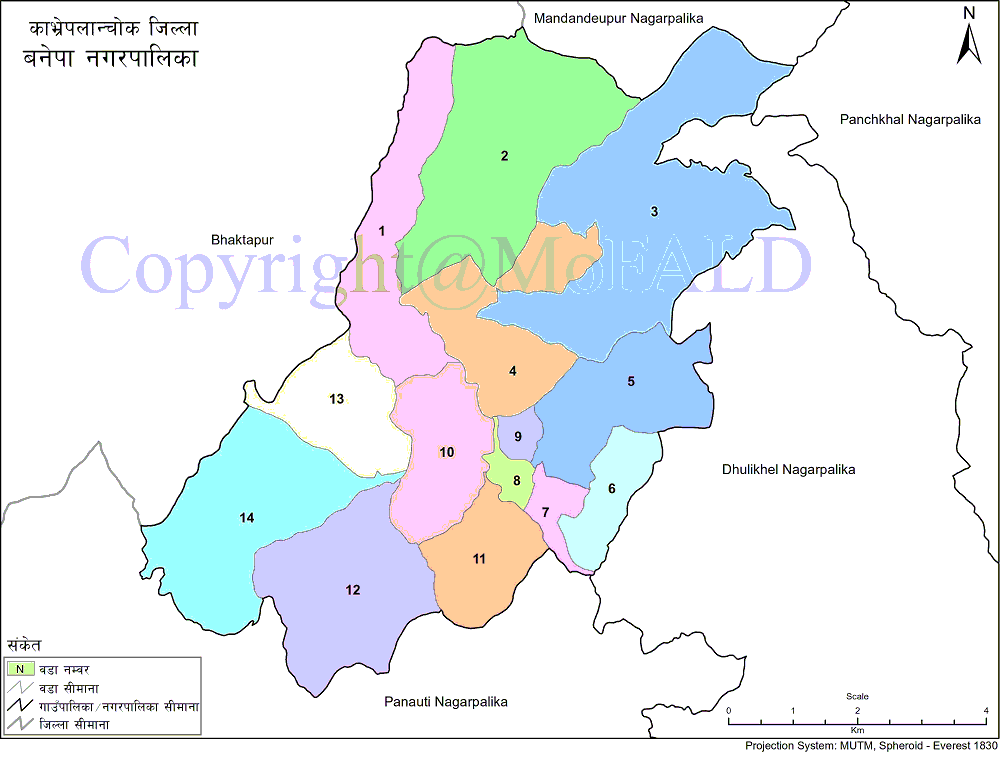
Contact Address:
Location: Banepa-8, Kavre, Bagmati Pradesh, Nepal
Telephone: +977-11-661281
Email: ict.banepamun@gmail.com
Website: banepamun.gov.np


